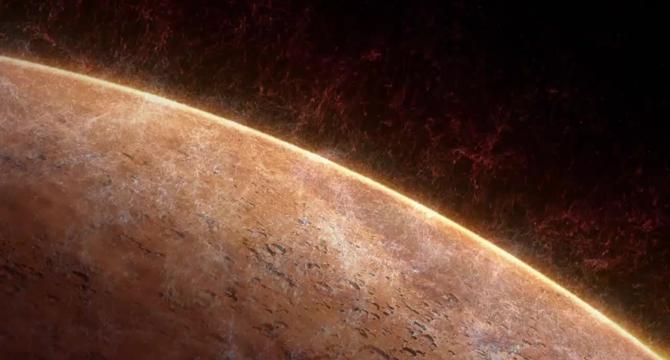Livescience
6d
289

Image Credit: Livescience
Scientists find hint of hidden liquid water ocean deep below Mars' surface
- A layer of liquid water may be present in Martian rocks between 3.4 and 5 miles below the surface, according to seismic evidence.
- This hidden water volume on Mars could potentially create an ocean 1,700 to 2,560 feet deep, similar to Antarctica's ice sheet.
- Mars was once rich in water but transitioned to a cold, dry environment over time, losing its magnetic field and atmosphere.
- Previous water loss methods do not fully explain Mars' past water flow, leading to the hypothesis of hidden liquid water.
- Seismic data from NASA's InSight lander suggests a 'low-velocity layer' deep within Mars may be porous rock filled with liquid water.
- This discovery implies that significant amounts of ancient water on Mars might have percolated through underground rocks, matching 'missing water' estimates.
- Other studies have suggested large water volumes stored in ice beneath Mars' surface, with potential liquid water trapped within rocks deeper underground.
- Confirming the presence of liquid water on Mars requires future missions with seismometers and drills to explore these deep regions.
- The potential existence of liquid water on Mars raises excitement among scientists due to its essential role in life, sparking interest in further exploration.
Read Full Article
17 Likes
For uninterrupted reading, download the app